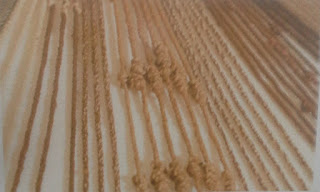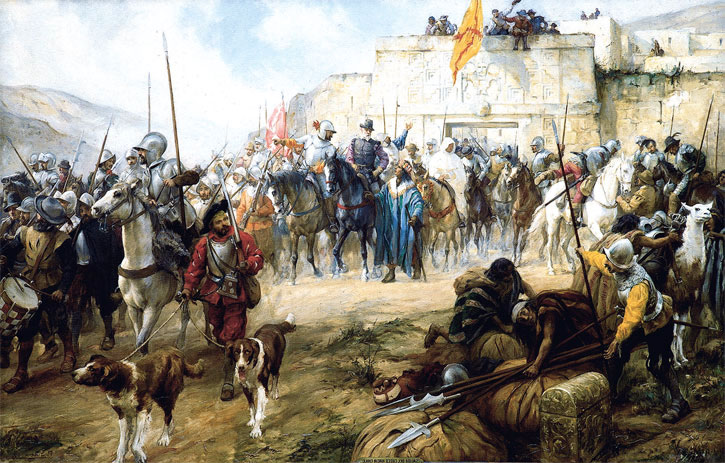María Izquierdo (1902-1955)
Hoy es el cumpleaños de María Izquierdo. Casi olvidada en la Kahlomanía que inunda el mundo actualmente, durante su vida fue la más conocida - de hecho fue la primera pintora mexicana a tener exposición individual en Nueva York, en 1930.
Atraía a atención sobre todo de los artistas y críticos extranjeros, que veían en sus colores intensos y sus motivos, tomados directamente de su entorno, la expresión máxima de la mexicanidad en el arte (Autorrertrato arriba de 1940).
Nació en Jalisco y estudio arte, como muchos de su generación, en la Academia de San Carlos en la Ciudad de México, donde era alumna, entre otros, de Rufino Tamayo.
Evoca en sus pinturas los colores, imágenes y las tradiciones de su país natal (arriba, Viernes de dolores, ca 1944) con un orgullo en este universo cultural único, como muchos artistas mexicanos de su generación - en el autorretrato de arriba, se pintó, orgullosamente, como mestiza, en traje tradicional y rebozo rojo.
La mayoría de su obra no es necesariamente muy política, y tanto más interesante es Zapata de 1945, también por su atmósfera sombria y adolorida. Esta tumba solitaria, guardada solamente por caballos, en un paisaje desolado, está lejísimo del patriotismo enérgico que encontramos en tantos murales mexicanos contemporáneos.
Y lo que sí era, fuertemente, era feminista e indigenista. Abogó desde joven por la educación de la mujer, y en muchos de sus cuadros, habla de la situación de las mujeres, y no siempre de la manera más convencional y previsible, como en esta Alegoría de la libertad de 1937, donde la alada libertad aparece casi como una especie de demonio, que lleva en su mano cabezas cortadas de mujeres, víctimas de una modernidad (miren la chimenea de fábrica) y "libertad" crueles, que exigen víctimas. La modernidad del siglo XX no era tan fácil como se pinta a veces.Sueño y presentimiento de 1947, un cuadro basado en una pesadilla, repite la atmósfera sombria e inquietante de Zapata y Alegoría de la libertad y muestra cómo Izquierdo manipula los medios artísticos. Los colores intensos, los mismos que a los surrealistas europeos parecían transportar una pureza cultural no contaminada, sirven aquí para transmitir una amenaza y angustia lejísimo de la imagen ingenua del "noble salvaje" mexicano.
¿No se merece que la rescatemos del olvido?


















